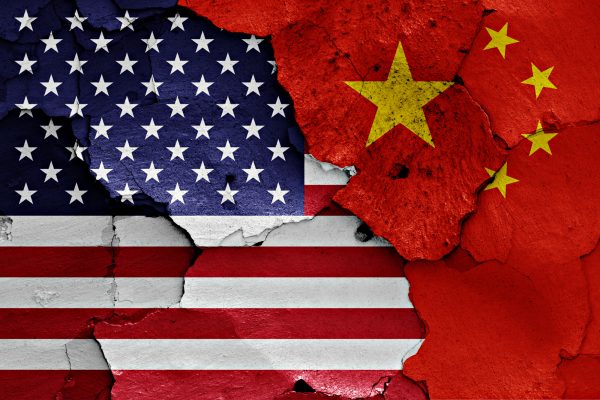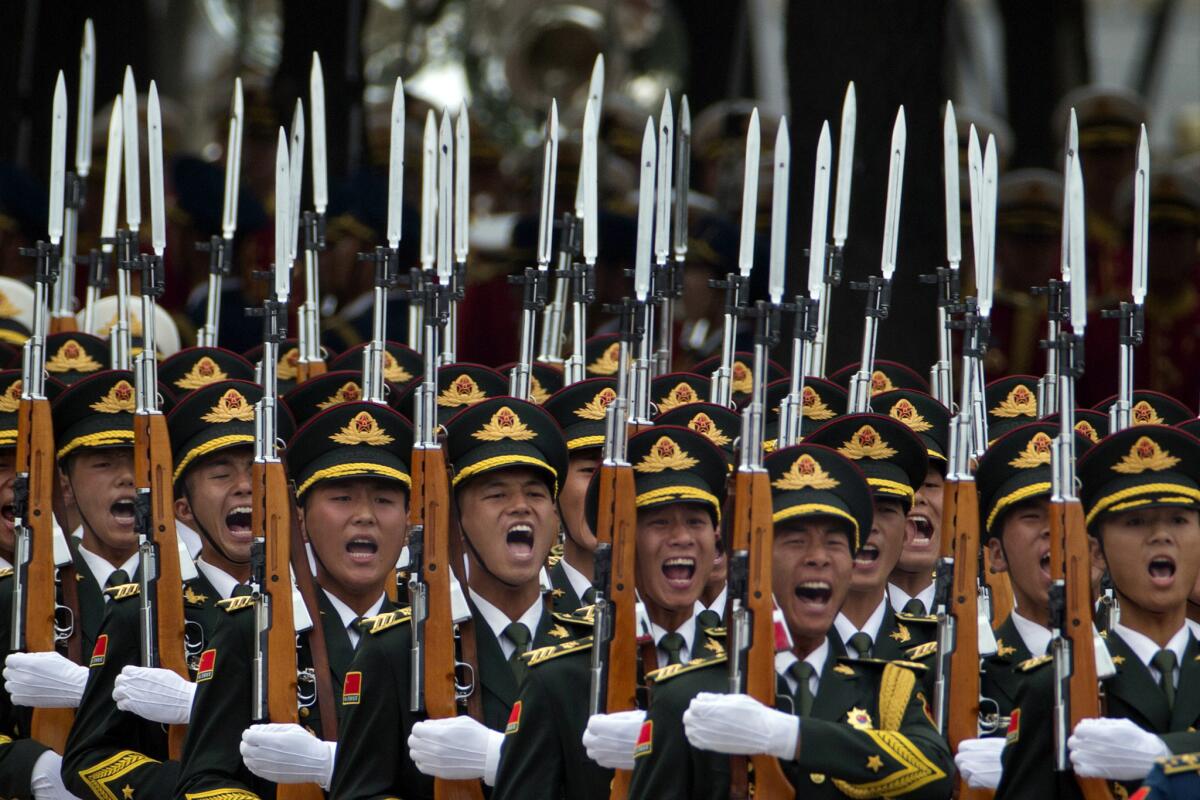At the onset of Donald Trump’s second term, the uneasy strategic balance between China and the United States may be masking a deeper and increasingly volatile risk: the potential for military crisis. Despite short-term stability and China’s reluctance to provoke armed conflict, a dangerous confluence of domestic and international developments is setting the stage for future confrontation—most acutely in the Taiwan Strait.
Strategic Stalemate or Shifting Power?

China’s strategic community views the longstanding U.S. power advantage as eroding, thanks to the country’s military modernization, technological advances, and global influence. Since 2021, when top Chinese diplomat Yang Jiechi told U.S. officials that Washington could no longer “speak with China from a position of strength,” Beijing has operated under the belief that a new era of parity has begun.
Rather than reacting aggressively to Trump’s renewed trade tariffs or provocative diplomacy, Chinese officials have shown patience—confident that U.S. overreach and internal dysfunction will accelerate its decline. Trump’s transactional style is seen as predictable: escalate tensions, then retreat for a deal. In this calculus, time is on China’s side.
Taiwan: The Powder Keg of Asia
Yet even as China waits for the right moment, Taiwan remains the most combustible issue. The election of Taiwanese President Lai Ching-te in 2024 and his pro-sovereignty stance have intensified tensions. While no immediate military moves are apparent, China’s strategy has quietly evolved from preventing independence to actively pursuing unification, as reflected in its 2021 plan, “Overall Strategy for Resolving the Taiwan Question in the New Era.”

Through cyber influence, identity infiltration, and military intimidation, Beijing is subtly trying to alter Taiwan’s societal landscape. As Taipei pushes back with stronger countermeasures, Beijing views these efforts as provocations requiring increased assertiveness—raising the stakes for both sides.
Trump’s Ambiguity Fuels Beijing’s Boldness
Compounding this risk is the Trump administration’s unpredictable and often contradictory foreign policy. Beijing suspects that Trump, more than any recent U.S. president, might quietly tolerate a coerced unification of Taiwan. Recent military exercises near Taiwan tested U.S. resolve, and the muted response only reinforced China’s confidence.
Within the Pentagon, disagreements over Taiwan’s strategic value further complicate deterrence. While some officials argue Taiwan is critical, others, like Defense Policy Chief Elbridge Colby, suggest the U.S. could survive without it. This ambivalence emboldens Beijing while undermining confidence in U.S. commitments.
The Erosion of Restraint and Global Consensus
With the United States aggressively pressuring allies and adversaries alike, smaller states increasingly hesitate to align with Washington. China, by contrast, is positioning itself as a more stable partner—offering economic opportunities and military protection without the unpredictability of U.S. policy shifts.
This multipolar evolution weakens the global will to pressure China on Taiwan. As diplomatic deterrence declines, Beijing may perceive a closing window for unification on its terms—whether peaceful or otherwise.
Internal Echo Chambers: A Shared Weakness
Perhaps most troubling is the shared internal rigidity of both powers. Xi Jinping’s government now enjoys near-total consensus on opposing the U.S., leaving little room for strategic recalibration. Meanwhile, Trump’s loyalty-first approach has hollowed out dissent within the U.S. national security establishment.
These echo chambers reduce the ability of either country to course-correct or de-escalate during crises—making any future miscalculation more dangerous.
Conclusion: A Crisis Deferred, Not Avoided
The current strategic stalemate between the United States and China is fragile. If Washington continues to project uncertainty and Beijing accelerates unification efforts, the Taiwan Strait could become the flashpoint for a catastrophic military confrontation. To avoid this fate, leaders on both sides must confront the internal dysfunctions and ideological rigidity that threaten to turn a cold rivalry into open conflict.
Keywords: China military buildup, Taiwan Strait, Trump second term, U.S.-China power dynamics, CCP unification plan









